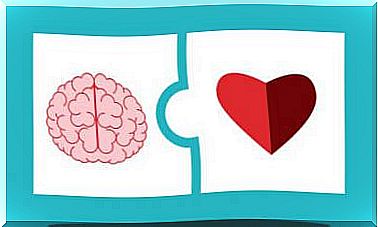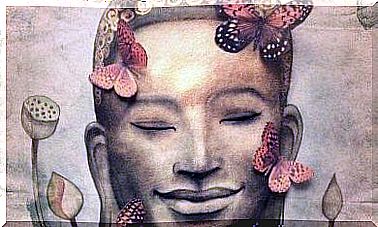Psychologists, People Who Help Translate Thoughts And Emotions

Psychologists are in charge of studying people’s behavior. They help translate thoughts and emotions, helping others to understand problems. They understand the meaning of what the patient is transmitting to them.
Jacques Lacan, a French psychoanalyst, proposed that the unconscious is structured like a language. The unconscious would be that place where a good part of our desires, fears and emotions are stored. Thus, according to certain currents, psychologists would be in charge of providing the people who come to the consultation with sufficient resources so that they can make these unconscious aspects aware. Here we show you what it is.
Qualities to help translate thoughts and emotions
Psychologists have different qualities that allow them to translate the thoughts and emotions of their patients into language that is easy for them to understand. Here we show you some of those faculties:
- Empathy. It is the ability to put ourselves in the place of the other. It is easier for psychologists to understand why and how problems affect by putting themselves in the patient’s situation.
- Communication. Paul Watzawick, an Austrian psychologist, proposes that communication is the basis of the relationship we have with others. Thanks to her, the psychologist would be able to translate what the patient thinks and feels.
- Know how to listen. Psychologists must be attentive to what patients say, so as not to lose important information.
- Meet. Separate the problems of the patients in relation to yours, to introduce the least possible contamination in the communication.

Non-verbal language
The gestures, expressions, voice and postures also make a story of what happens to us. Thus, they can declare very valuable information of which we are not aware and that therefore we do not introduce in our speech.
In addition, thoughts and emotions suffer from the limitations of language for communication. To decipher them, psychologists observe their patients. For example, the face they make when talking about a problem, the way they feel or the changes in their eyes.
The tone of voice is another telltale. For example, does the tonality of your voice change when you talk about certain topics? Does it take breaks? Are you silent? Are you short of breath? Do you speed up or slow down when speaking? How loud does it speak? All the aspects that we have listed are important, since they help the psychologist to translate the ideas, the representations of reality and the feelings of the patients.
What are the most common techniques?
Next we are going to make a list of the most frequent techniques used by psychologists in consultation:
- Cognitive techniques. Aaron Beck, an American psychiatrist, proposed that there is a relationship between a person’s thoughts and feelings, and that these can be restructured. The psychologist identifies them and helps to restructure them as a way of translating them into a language relevant to the patient.
- Drawing or painting. They make the unconscious conscious. Thus, the psychotherapist helps capture the patient’s ideas and emotions, when they are difficult to put into words, and interprets them.
- Through speech. The therapist is recognizing the thoughts and emotions of the people, when he is speaking with them.

- Through behavior. The therapist takes into account how the patient acts during therapy and how he describes his behavior outside of it. For example, is he aggressive, disinterested, upbeat, very excited?
- Non-verbal language. Psychologists in many cases help translate thoughts and emotions because they pay close attention to how we express ourselves non-verbally. They look at the content, but they are not distracted from the background, from the frame. That is, taking into account the gestures, facial expression and body posture.
- Bringing out the unconscious. Most psychologists who defend its existence, think that the unconscious manifests itself in different ways, such as dreams, art, mistakes in speaking or forgetfulness. The psychologist is attentive to these types of events, pointing them out to the patient / client. It is he, ultimately, who will give them meaning, if they have any.
- Psychodrama. It is a technique created by Jacob Levy Moreno in which patients represent / stage what happens to them. The psychologist later helps the patient to interpret the representations, understanding that they have been able to manifest some of the contents of his unconscious.
Psychologists in many cases act as a kind of mirror, pointing out those expressions that they have captured in the patient / client for him to interpret. On the other hand, they can help to organize the discourse, leaving the initiative to the patient / client at all times and acting as a kind of cane or support, so that the process does not lose continuity. This is how they help translate our thoughts and emotions, so that we can consciously intervene on them.









